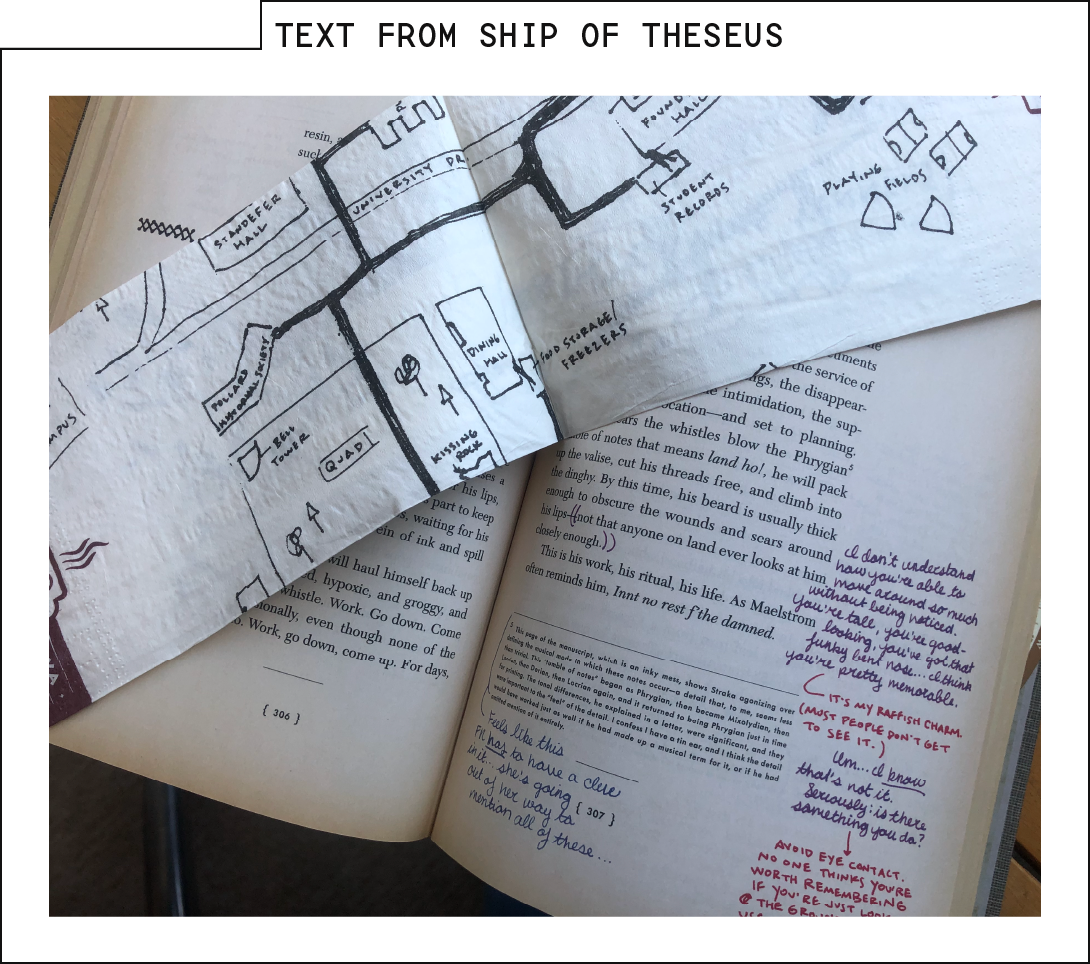Screens, Research and Hypertext
Powered by 🌱Roam GardenIn Which I Digress into Talking About Art
Curation is about telling a meta-story.
I’m not a particularly sophisticated viewer of art. But when I take a mental health day, I often spend it in the modern art wing of a museum somewhere. I’m the weirdo walking along spending more time reading the signs by the artwork than looking at the art itself.

Curating an art exhibit is fascinating.
There are so many dimensions for thinking about art—by artist, by school, by country, by time period, by genre, by influence. It’s astonishing to me the way that a good curator can take a few hundred pieces of art and tell thousands of different stories with them simply by arranging them into different collections and writing up a few signs to go with them.
When I sit on a bench in the middle of a particular room in a museum, I spend as much time thinking about why these things are in this room together as I do admiring the particular set of things.
(Yes, I know. I probably museum wrong.)
Perhaps part of my take on museums is an appreciation for how different the processes are for creating a piece of art and curating an exhibit. I’m not an artist myself, but I grew up surrounded by them. (One of my fondest memories is of the summer during college when my brother and I carpooled 30 miles or so to our summer jobs—me in a jacket and tie for my job as a marketing intern for an insurance company and Josh in ragged, paint-splattered chinos for his job as a teaching assistant at an art studio.)
Creating a piece of art is messy. You leave a little bit of your soul on the floor with the globs of paint and plaster. A curator’s mess is measured in discarded post-its and dry-erase ink in glass-walled meeting rooms.
More to the point: the skills you need for creating a piece of art are very different from the skills you need for putting together an exhibit in a museum.
The former is about creation. The latter is all about curation.
For more context
What's with your obsession with metaphors?
What to read next
How is any of this relevant to the web?
Other items of interest
Curation isn't the only place where art metaphors meet the web.
I learned to do research wheeling around in a third-generation office chair.
Curating a gallery isn't so different from conducting research.
Referenced in
Toward a Nonlinear Essay
Maybe an argument can be more than just a series of carefully-sequenced claims that build to a conclusion. Maybe an argument can be a sort of gestalt that emerges from a series of interconnected bits. My brother Josh likens the nonlinear essay to the experience of visiting an art exhibit—there are many possible paths through an exhibit, and the story you will take away turns heavily on which path you choose.